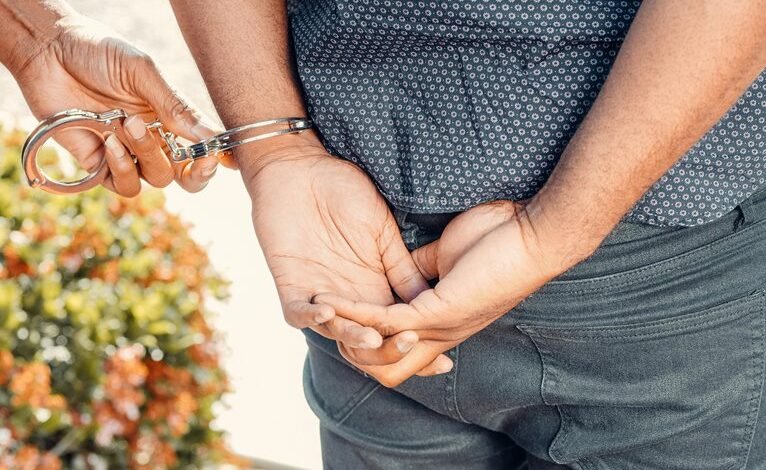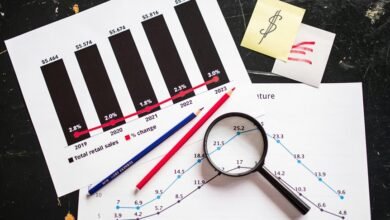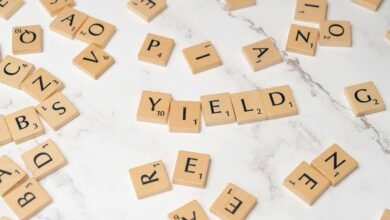Photoaconpan: A Influência de Imagens no Processo Judicial

The integration of photographic evidence in judicial proceedings significantly affects juror decision-making. Visuals possess the ability to evoke strong emotions, thereby influencing perceptions and interpretations of complex narratives. However, this reliance on imagery introduces ethical dilemmas concerning consent and privacy. The challenge lies in reconciling the compelling nature of visual evidence with the fundamental rights of those depicted. This tension invites further examination of the implications for fairness in the courtroom.
The Power of Visual Evidence in Courtrooms
Visual evidence serves as a pivotal element within courtroom proceedings, often wielding substantial influence over juror perceptions and judicial outcomes.
The integration of visual storytelling enhances courtroom dynamics, facilitating a clearer understanding of complex narratives. Jurors, confronted with compelling images, are more likely to engage cognitively and emotionally, impacting their decision-making processes and ultimately shaping the trajectory of legal adjudications.
Emotional Impact: How Images Shape Jury Perceptions
Images hold significant emotional weight in judicial contexts, often evoking visceral responses that can sway jury perceptions.
This emotional impact can intensify juror bias, as compelling visual storytelling influences decision-making processes. Jurors may unconsciously align their beliefs with the narratives constructed through images, ultimately affecting the impartiality required for a fair trial.
Thus, the strategic use of imagery in court warrants critical examination.
The Ethics of Using Photographic Evidence in Legal Proceedings
Utilizing photographic evidence in legal proceedings raises important ethical considerations that demand scrutiny.
Consent issues emerge when images are obtained without explicit permission, violating individual autonomy.
Furthermore, privacy concerns arise, particularly in sensitive cases, where the exposure of personal images can lead to reputational harm.
Thus, a careful balance must be struck between evidentiary value and the rights of individuals depicted in such photographs.
Conclusion
In conclusion, the use of photographic accompaniment in the judicial process serves both as a potent tool for storytelling and as a source of ethical dilemmas. It enhances emotional engagement while influencing juror perceptions. However, it also necessitates careful consideration of consent and privacy. Ultimately, balancing the compelling nature of visual evidence with the rights of individuals depicted is essential for ensuring justice, preserving integrity, and upholding the principles of fairness in the courtroom.




